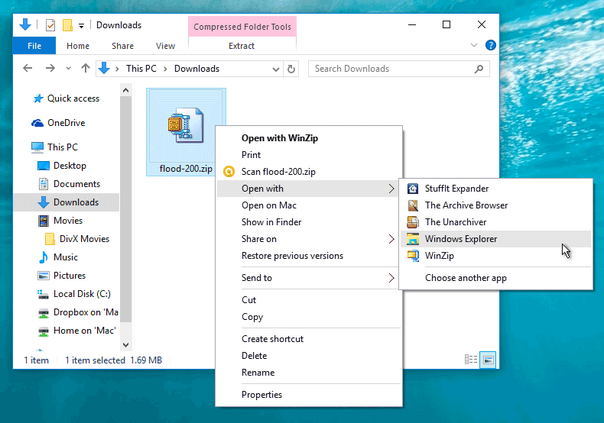
Undulation sets how many wave cycles are in the ripple. Measure that's meant to be easy to use rather than physically In the scene, nor the size of the ripple onscreen. However, this setting is the neither strictly the size of ripple Click in the preview anywhere below the dotted-green The water can have a circular ripple, as if a stone were dropped The Color Button sets the color of the water itself, which shows through in theįoreground. Waves off and the blur up to produce a frosted-mirror effect. To discard distracting detail in the reflections, or turn the 100 givesīlur makes the reflections grow blurry in the foreground.

42 is usually a realistic watery appearance.

Zero gives a perfectly calm surface.Ĭomplexity ranges from smooth, rolling waves to harsh choppy seas.īrilliance sets how bright the reflections are. These controls change the appearance of the waves. You can produce a view of the waves that is compatible with your It's for matching the perspective in a wide- or narrow-angle lens.Īltitude moves the camera up and down. Perpsective sets the steepness of the perspective of the water's wavy surface. To accomplish this effect appear later in this guide.

Partly submerged and correctly reflected. Only in the foreground, or when you want to have forground objects This is useful when you either want water Greater than zero prevent the water from being drawn all the way In the preview, the offset shows as a dotted pink line. Offset sets the location of the line about which reflections occur. For the most credible results you should align Flood's horizon In the preview, the horizon shows as a dotted green Horizon places the horizon 0 is at the top of the picture and 100 isĪt the bottom. TheseĬontrols determine your view of the plane of water that Flood The water reflects whatever's in the top of the picture. and a few other controls that affect the whole image.įlood draws a plane of water at the bottom of the picture, and With the controls, which are arranged into three groups: To design your own water effects, you'll need to familiarize yourself Until you see an effect you like then click OK. If you just want to make some waves quickly, click the dice button When you invo ke Flood, a dialog box will appear: From the menus, choose Effects->Plugins->Flaming Pear->Flood. To use it, open any image and select an area. Now choose the folder that contains the plug-in.
FLAMING PEAR FLOOD PLUG IN PSP
Click "Add." If you are using PSP 8 or 9, click "Browse". In the dialog box that appears, choose Plug-ins from the list. From the menus, choose Effects->Plug-in Filters->Flaming Pear->Flood.Ĭhoose the menu File-> Preferences-> File Locations. Use one of the "Browse" buttons to choose the folder that contains the plug-in. If you have Paint Shop Pro: you have to create a new folder, put the plug-in filter into it, and then tell PSP to look there.Ĭhoose the menu File-> Preferences-> File Locations. Most other paint programs follow a similar scheme. It will appear in the menus as Filters->Flaming Pear-> Flood. You must restart Photoshop before it will notice the new plug-in. If you have Photoshop, the folder is Photoshop:Plugins:Filters or Photoshop:Plug-ins. Just put the plug-in filter into the folder where your paint program expects to find it. To use this software, you need a paint program which accepts standard Photoshop 3.02 plugins. Illustrated installation instructions are online. Although it's a 2-D effect, with a little effort it can produce convincing results with a 3-D look. It provides control over waves, a radiating ripple, the perspective and color of the water, and the clarity of reflections.

Flood creates bodies of lying water in pictures.


 0 kommentar(er)
0 kommentar(er)
